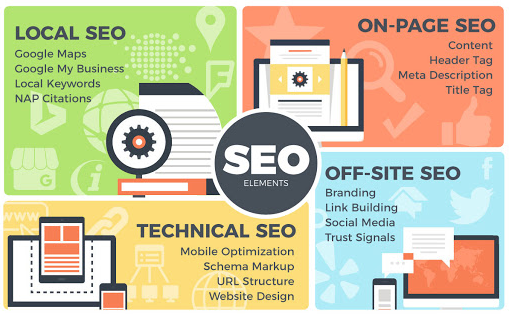Bookkeeping Services For Small BusinessBookkeeping Services For Small Business
A good bookkeeping service should be transparent and can adapt to your business’s working style. Moreover, they should be knowledgeable about the latest accounting software and technologies. It is a good idea to choose a firm with experience in the industry, as this can help assess the services they provide. They should also have a plan for budgeting, which is essential to make sure you can meet your client’s expectations.

Rates & Options
The rates for bookkeeping services are quite high, especially in rural areas where the number of service providers is less. However, a bookkeeper who offers such services can be less expensive than hiring an in-house professional. Moreover, outsourcing your bookkeeping needs is much easier and less expensive than maintaining a staff of in-house employees.
Outsourcing companies provide various kinds of back-office services, such as project-only outsourcing, hourly billing, flat monthly service fees, and a la carte packages. If you’re in the market for bookkeeping services, consider these advantages.
Benefits
A good bookkeeping service provider can maintain a uniform financial structure across all company platforms. This ensures that the accounting system is consistent and that there are no discrepancies between different departments.
A bookkeeping service can help ensure that payroll goes off without a hitch. This will ensure that employees are paid correctly and that there are no errors made. A quality bookkeeping service will also keep track of cash flow and invoices. This way, you can concentrate on other aspects of your business.
Extra Services
In addition to bookkeeping services Sunshine Coast companies offer payroll services. They can help you set up your employees’ benefits. Outsourcing payroll can be a good option if you have a large number of employees. These services offer more flexibility and less overhead than a full-time employee. Many of them can also offer support to manage your employees’ taxes. You don’t need to worry about hiring someone to do it. The cost of hiring a bookkeeper is very low, and the benefits are many.

A bookkeeper will ensure that the information provided is accurate and updated. They will also keep track of your sales tax liability, which will help you avoid overpaying for taxes. When your business is growing and you need to cut costs, a reliable bookkeeping service can help you reduce your expenses. They can even provide you with reports that show a company’s cash flow and profit. This means you can focus on other aspects of your business.
In addition to providing bookkeeping solutions, many of these services also provide accounting services in the cloud. If you’re not comfortable with using QuickBooks yourself, you can hire a bookkeeper with advanced accounting skills.
These companies will be able to help you manage your finances and help you avoid the hassle of dealing with your company’s books. The team of experts will help you set up your accounting software, manage payroll, and provide financial reports on time.
Hiring
The bookkeeper you hire should have advanced accounting software. If you’re not sure what to buy, you can also read reviews of various bookkeeping services before making a decision. It’s important to understand what each service offers and what you need. There are many options when it comes to hiring a bookkeeper.
The bookkeeper’s expertise will help your business grow. They have their finger on the pulse of your business and can identify any challenges you’re having. They can also suggest ways to improve your cash flow and reduce your business’s overdraft.
They can also help you identify product lines that are losing money and opportunities for growth. They can provide insights that you can use to your advantage. For example, if you sell clothing and services, you should hire a shopkeeper who is knowledgeable in this area.
A bookkeeper’s expertise in human resource and payroll functions is a great asset to your small business. If you don’t want to take the time to do this, bookkeeping services can help you with these tasks. Your small business’s financial records should be organised and well-maintained to avoid penalties. It is crucial that you know your finances and avoid tax discrepancies. The right accounting solution will help you avoid this.














